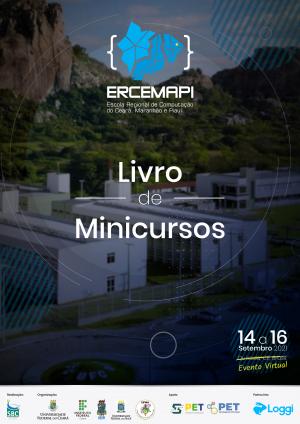Minicursos da ERCEMAPI 2021
Palavras-chave:
ERCEMAPI 2021Sinopse
O Livro de Minicursos da ERCEMAPI 2021 colabora com o objetivo da Escola Regional de Computação Ceará, Maranhão e Piauí em disseminar o conhecimento técnico e científico sobre temas e assuntos de vanguarda na área de Computação. Em sua 9ª edição, os minicursos abordam conteúdos relacionados à inteligência artificial, propriedade intelectual e arquitetura de computadores, como forma de atualizar os conhecimentos da comunidade acadêmica e profissional, de uma forma didática e de amplo acesso ao público. Os três capítulos deste livro possuem metodologias e ferramentas para a área de Tecnologia da Informação e Comunicação, sendo uma excelente oportunidade para a familiarização dos interessados com novos temas de pesquisa que podem vir a ser úteis em suas vidas profissionais.
Capítulos
-
1. PLN: Das Técnicas Tradicionais aos Modelos de Deep Learning
-
2. Propriedade Intelectual e registro de programa de computador – Inovação e tecnologia na indústria moderna
-
3. Uma Abordagem Prática para Aprendizagem em Arquitetura e Organização de Computadores com Apoio do Simulador Computacional CompSim
Downloads



